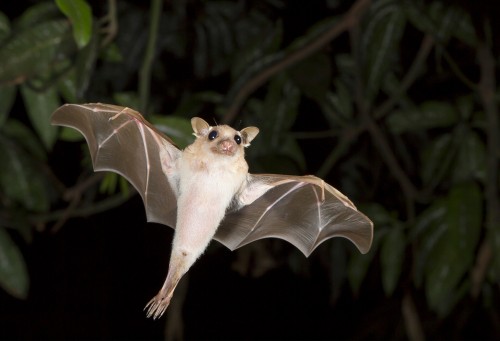Researchers at Virginia Tech are designing a miniaturized flying vehicle based on wing motion. To this end, they are researching wing-based flight mechanisms.

Researchers at Virginia Tech are designing a miniaturized flying vehicle based on wing motion. To this end, they are researching wing-based flight mechanisms.
In bats, the fingers (wings) are connected by a thin and flexible membrane that forms the wings. But beyond the anatomical structure of the bat wing, the study of bat flight is extremely complex, both in living details and in computer analyses.
At Virginia Tech, they studied the wings of fruit bats. The researchers used experimental measurements of the movements of the bat's wings in real flight and computer analysis to examine the relationship between the movement of the bat's wings and the movement of the air around the wing.
Different bats have different wing shapes and sizes, depending on their evolutionary function. Generally, bats are very agile and can change their flight path quickly and thus they show impressive maneuverability when hunting. The weight of fruit bats is 81-171 grams, and their wingspan is up to 60 cm. They are common in a wide variety of climates, especially in warm areas.
One of the biggest surprises during the research was discovering how the bat changes its wing movement in precise timing to maximize the force produced by the wing. The bat changes its wing shape and size continuously during movement. For example: the bat increases the area of the wing by 30% to maximize the forces of movement during downward movement, and reduces the size of the wing by the same ratio during upward movement to minimize opposing forces. The force coefficient generated by the wing is two or three times greater than the force of a static wing of a large airplane.
This research is a first step in the researchers' work, in the next step they will study the complex changes of the bat's wing and try to simplify them on the one hand, but achieve the same energy utilization on the other hand in order to progress towards the development of a robot that flies like a bat.
Source of knowledge
